Introduction
Cookies, those small, sweet, and often crumbly delights, have captured hearts and palates across the globe for centuries. From chewy chocolate chip to crisp ginger snaps, the variety seems endless. Yet, beneath their diverse flavors and textures lies a foundation of shared ingredients. Understanding what cookies are made of reveals not just their culinary versatility but also the science and artistry behind their creation. This article explores the primary components of cookies, their roles, and how they interact to produce the treats we adore.
Flour: The Structural Backbone
Flour is the cornerstone of most cookie recipes, providing the structure that holds everything together. Composed primarily of starch and protein, flour’s role extends beyond mere bulk. The type of flour used—whether all-purpose, cake, bread, or whole wheat—dramatically influences the cookie’s texture and appearance.
1 Protein Content and Gluten Development
The protein in flour, particularly glutenin and gliadin, forms gluten when mixed with liquid. Gluten’s elasticity determines the cookie’s chewiness. All-purpose flour, with a moderate protein content (10-12%), strikes a balance between tenderness and structure. Bread flour, higher in protein (12-14%), yields chewier cookies, while cake flour (7-9%) results in a softer, more delicate crumb.
2 Starches and Texture
Starches in flour absorb moisture during baking, contributing to the cookie’s softness. In recipes like shortbread, where fat dominates, flour’s starch content helps stabilize the dough, preventing excessive spreading.
3 Alternative Flours
Modern baking embraces gluten-free options like almond, coconut, or rice flour. Almond flour, rich in fat and low in carbs, produces dense, moist cookies, while rice flour offers a crisp texture. These alternatives cater to dietary needs but require adjustments in liquid and leavening agents to mimic traditional results.
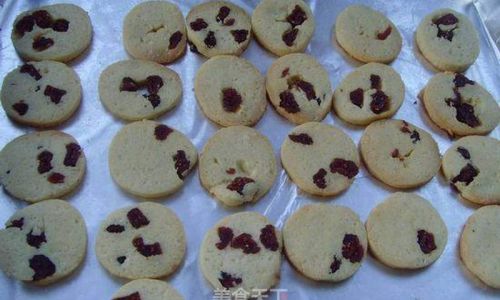
Sweeteners: More Than Just Sugar
Sweeteners like granulated sugar, brown sugar, honey, and molasses do more than satisfy cravings. They affect texture, color, and shelf life.
1 Granulated Sugar
White sugar, pure sucrose, contributes to browning via caramelization and aids in spreading. Its granules create air pockets when creamed with fat, contributing to lightness.
2 Brown Sugar
Molasses-rich brown sugar adds moisture and a chewy texture. Its acidity reacts with baking soda, enhancing leavening. Dark brown sugar, with more molasses, imparts a deeper flavor, while light brown sugar offers subtle caramel notes.
3 Liquid Sweeteners
Honey, maple syrup, or agave introduce moisture and complexity. However, their liquidity requires reducing other liquids to prevent dough from becoming too sticky.
4 Sugar Substitutes
Erythritol, stevia, or monk fruit cater to low-carb diets but may alter texture. Combining substitutes with traditional sugars often yields the best results.
Fats: The Flavor and Texture Architects
Fats like butter, shortening, or oils are pivotal in cookie making. They tenderize, add flavor, and influence spread.
1 Butter
Butter’s milk solids and water content contribute to browning and a rich, buttery flavor. Creaming butter with sugar incorporates air, creating lift. Melted butter, however, yields denser, chewier cookies.
2 Shortening
Vegetable shortening, 100% fat, produces tender, crumbly cookies with minimal spread. Its high melting point ensures shape retention, making it ideal for cut-out cookies.
3 Oils
Neutral oils like canola or coconut oil add moisture and softness. Coconut oil, solid at room temperature, mimics butter’s texture but imparts a subtle tropical note.
4 Fat Ratios
Adjusting fat types can transform a cookie. A higher butter-to-shortening ratio enhances flavor but may increase spreading, while oil-based recipes require emulsifiers like eggs for cohesion.

Leavening Agents: The Rise of the Cookie
Leavening agents introduce air, creating lightness. Baking soda and baking powder are the primary players.
1 Baking Soda (Sodium Bicarbonate)
An alkaline agent that reacts with acidic ingredients (e.g., brown sugar, molasses) to produce carbon dioxide. This reaction creates bubbles, lifting the dough. Overuse can leave a soapy aftertaste.
2 Baking Powder
A combination of baking soda, an acid (like cream of tartar), and a starch. Double-acting baking powder releases gas twice—once when moistened and again when heated—ensuring even rising.
3 Chemical vs. Natural Leavening
Some recipes rely on whipped eggs (e.g., meringues) or steam (e.g., puff pastry cookies) for lift. However, most rely on chemical leaveners for consistency.
Eggs and Liquids: Binding and Moisture
Eggs serve multiple roles: binding, emulsifying, and adding moisture. Their proteins coagulate during baking, setting the structure.
1 Egg Yolks
Rich in fat and emulsifiers (lecithin), yolks add richness and tenderness. They also contribute to a softer texture.
2 Egg Whites
Protein-packed whites add structure and can create a crisper texture when whipped. In recipes like meringues, they’re the star.
3 Liquid Additions
Milk, water, or extracts (vanilla, almond) adjust moisture. Too much liquid can make cookies cakey; too little results in dryness.
4 Egg Substitutes
Flax eggs (ground flaxseed mixed with water) or applesauce can replace eggs in vegan recipes but may alter texture.
Flavorings and Add-Ins: The Personal Touch
Flavorings and mix-ins define a cookie’s character. Vanilla, spices, chocolate, nuts, and dried fruits elevate simplicity into complexity.
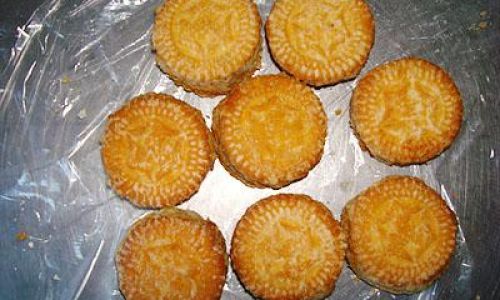
1 Vanilla Extract
A staple flavoring, vanilla enhances sweetness without overpowering. Its alcohol content evaporates during baking, leaving a fragrant aroma.
2 Spices
Cinnamon, ginger, nutmeg, and cardamom add warmth. Spices are potent, so measurements matter—too much can overpower.
3 Chocolate and Nuts
Chocolate chips, chunks, or cocoa powder introduce bitterness and richness. Nuts like pecans or walnuts add crunch and nutty depth.
4 Dried Fruits and Oats
Raisins, cranberries, or oats contribute chewiness and fiber. Oats also absorb moisture, affecting texture.
Specialty Cookies: Adapting to Dietary Needs
Modern baking embraces inclusivity, with recipes catering to gluten-free, vegan, or low-sugar diets.
1 Gluten-Free Cookies
Using alternative flours (almond, oat) and binders (xanthan gum) mimics gluten’s structure. These cookies often require extra moisture to prevent crumbling.
2 Vegan Cookies
Replacing eggs with flax or chia seeds and using dairy-free fats (coconut oil) ensures vegan compliance. However, texture adjustments are necessary.
3 Low-Sugar and Keto Options
Sugar alcohols (erythritol) or fiber syrups reduce carbs. These alternatives may cause cooling sensations or require heat adjustments to prevent burning.
The Baking Process: How Ingredients Interact
Baking transforms raw dough into cookies through a series of chemical reactions.
1 Creaming Method
Beating butter and sugar incorporates air, creating lift. Overmixing can collapse the structure, while undermixing yields dense cookies.
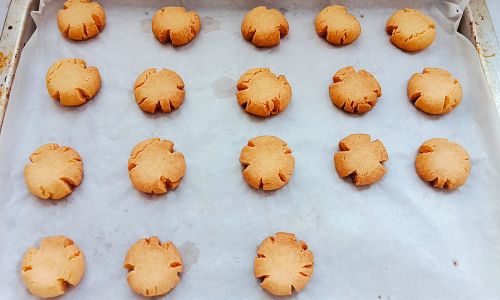
2 Melting and Setting
Fats melt as the oven heats, causing cookies to spread. Proteins in eggs and flour coagulate, setting the shape. Sugar caramelizes, contributing to color and flavor.
3 Cooling and Texture
As cookies cool, starches recrystallize, firming the texture. Underbaking yields chewiness; overbaking results in crispness.
Troubleshooting Common Issues
Even seasoned bakers face hiccups. Understanding ingredient roles helps diagnose problems.
1 Flat Cookies
Causes: Melted butter, insufficient flour, or over-softened butter. Fix: Chill dough before baking or reduce fat.
2 Cakey Texture
Too much leavening or excess liquid. Reduce baking powder or adjust measurements.
3 Dry Cookies
Overbaking or too much flour. Invest in a kitchen scale for accurate measuring.
The Future of Cookie Ingredients
Innovation drives cookie evolution. From ancient grains like spelt to insect-based proteins, the possibilities expand. Plant-based milks, upcycled ingredients (e.g., spent grain flour), and AI-optimized recipes are reshaping traditions.
Conclusion
Cookies are a testament to the synergy of simple ingredients. Flour, sugar, fat, eggs, and flavorings combine in endless ways, shaped by culture, science, and creativity. Whether you prefer a classic chocolate chip or a avant-garde matcha-almond creation, understanding these components empowers you to bake—or innovate—with confidence. So next time you savor a cookie, remember: it’s not just a treat. It’s a culinary masterpiece, one ingredient at a time.
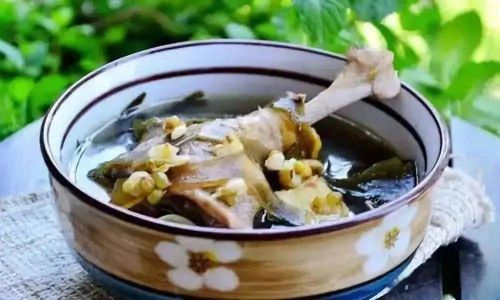
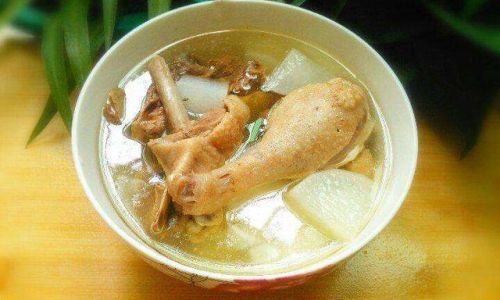
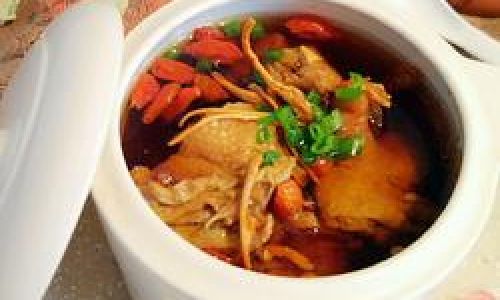
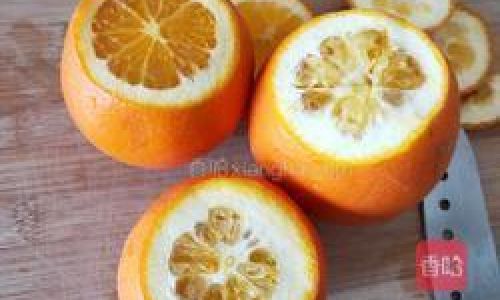
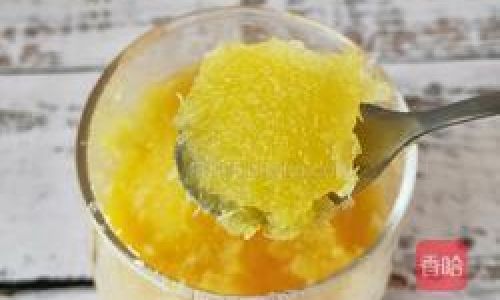
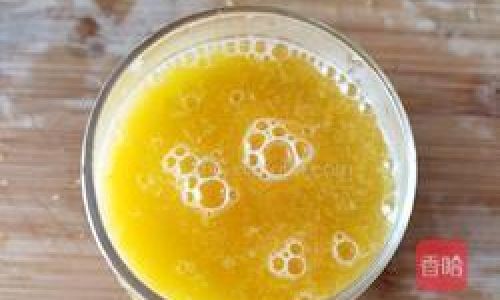
0 comments